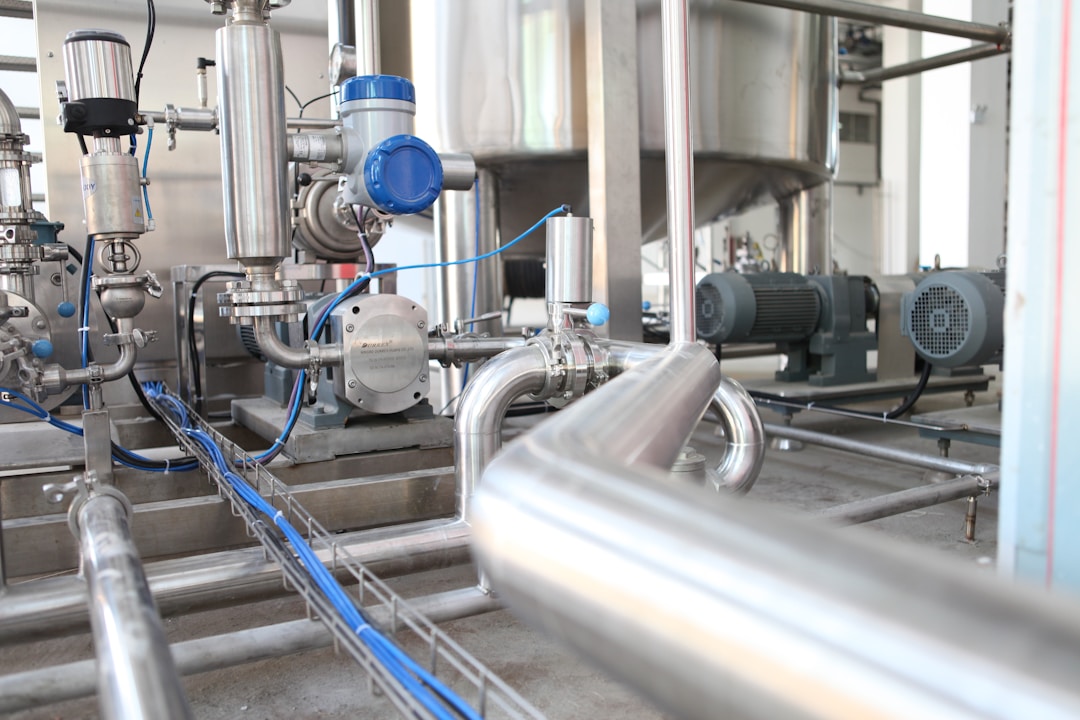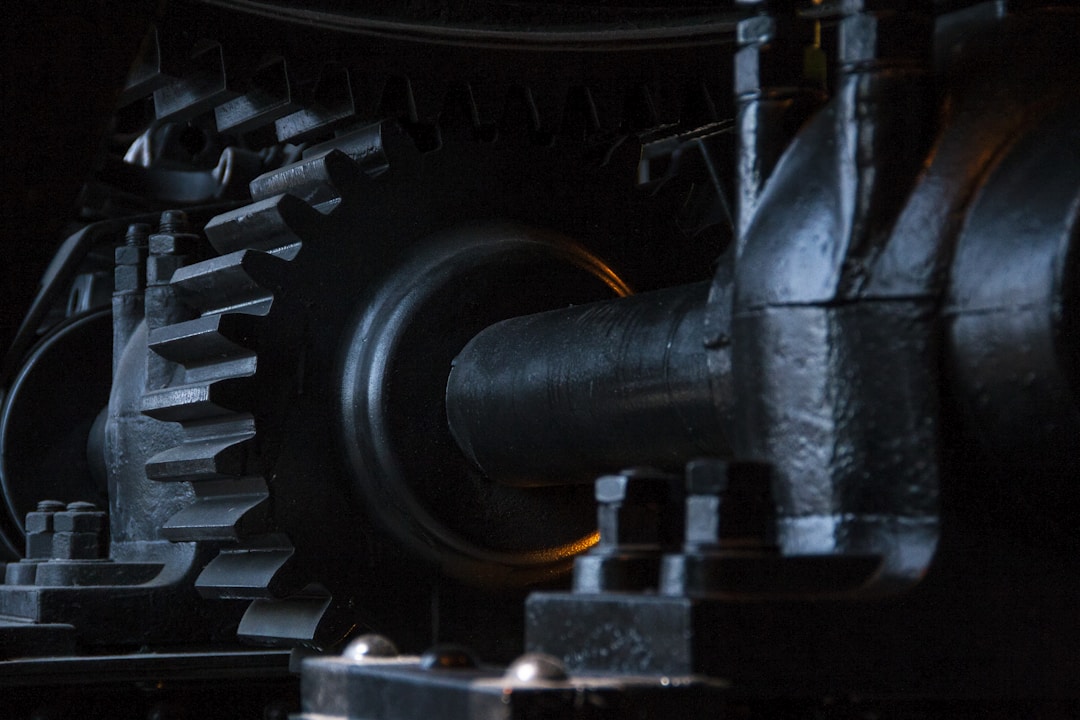Reciprocating compressors are critical components in numerous industrial applications; therefore, maintaining their optimal performance is essential for efficient operations. Adopting best practices for compressor maintenance can result in cost savings, extended equipment life, and reduced downtime. In this article, we’ll discuss a few key aspects of maintaining reciprocating compressors to keep them running at peak efficiency. Keep reading to learn more.
Timely Replacement of Parts and Equipment
As reciprocating compressors see regular use, key components may become worn or damaged, which can negatively impact performance and efficiency. Replacing these parts promptly is essential for maintaining optimal compressor operation. Schedule regular assessments of the compressor’s components to identify when replacements are needed, prioritizing parts that are critical to overall performance or subject to frequent wear.
Additionally, using online resources and services like Genemco can help you acquire updated equipment for your manufacturing operation. You can find used reciprocating compressors for sale on Genemco’s website, along with the largest selection of used industrial refrigeration equipment.
When a replacement is necessary, it’s crucial to use high-quality components that meet or exceed the original equipment manufacturer’s specifications. Utilizing substandard parts can compromise the compressor’s performance, safety, and reliability. Any replacements made should be documented to keep accurate records of maintenance activities and facilitate future decision-making.
By following a planned, preventive maintenance schedule, you can ensure replacements occur proactively, minimizing the risk of unplanned downtime and costly repairs. Implementing such a schedule also enables more efficient use of resources, as maintenance efforts can be coordinated with other routine tasks or during periods when the compressor is not in use.
Regular Inspections and Monitoring

Performing regular inspections and monitoring the performance of your reciprocating compressor is crucial to identifying potential issues before they escalate into costly problems. This proactive approach can help prevent unplanned downtime and equipment failure. Inspect key components such as valves, piston rings, and bearings for signs of wear or damage. Also, monitor the compressor’s temperature, pressure, and vibration levels to identify potential issues.
Monitoring the performance of your compressor allows you to identify trends and anomalies in the data, which can help you plan maintenance activities more effectively. Establishing a baseline for performance metrics enables you to compare current operation levels and determine whether any changes in performance indicate the need for maintenance interventions. Monitoring the compressor regularly can help identify opportunities for optimizing its performance and improving overall efficiency.
Proper Lubrication
Proper lubrication is essential for minimizing friction between moving components and ensuring the smooth operation of your reciprocating compressor. Insufficient or excessive lubrication can lead to premature wear of components, reduced efficiency, and potential equipment failure. Regularly inspect the lubrication system, verifying that the correct type and amount of lubricant are being used, and replacing worn or damaged parts as necessary.
The type of lubricant you use can significantly impact the performance and longevity of your compressor. Synthetic lubricants generally have a longer service life and offer better resistance to high temperatures and pressures than petroleum-based lubricants. Ensure the proper lubricant is chosen for your specific application, as well as your operating environment.
Comprehensive Staff Training

Comprehensive staff training is not only necessary for safe operation but also contributes significantly to proper equipment maintenance. Making sure your team fully understands the functions and requirements of your reciprocating compressor allows them to identify and address potential issues before they become major problems. Providing ongoing education on best practices and technological advancements can further enhance their ability to maintain and optimize compressor performance.
Training should cover proper operating procedures, troubleshooting techniques, safety protocols, and routine maintenance tasks, such as inspecting, adjusting, and replacing key components. Emphasize the importance of adhering to manufacturer guidelines and operating within specified requirements to avoid premature wear or equipment damage.
These maintenance best practices can lead to significant cost savings, operational efficiency improvements, and reduced downtime. Investing in the maintenance of your equipment will contribute to its long-term reliability and support the success of your business.